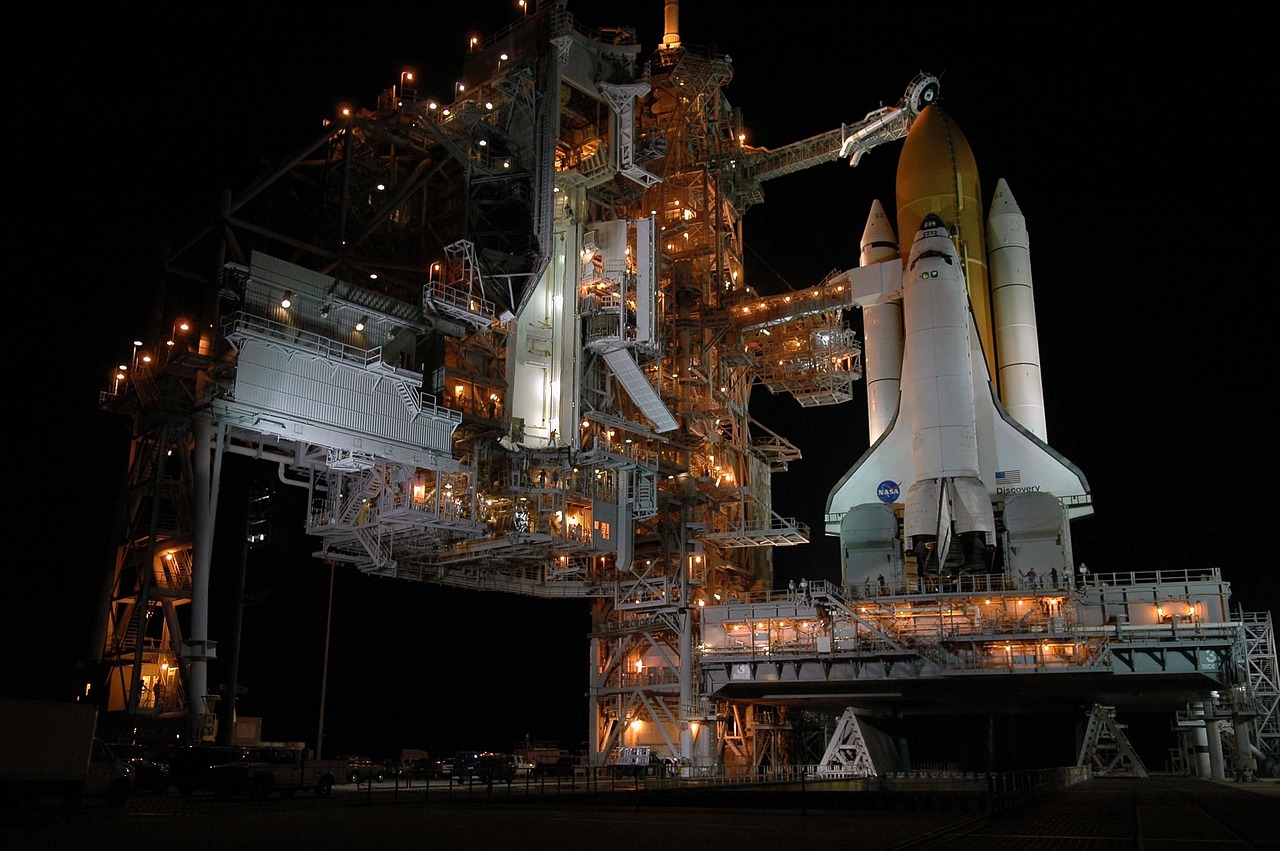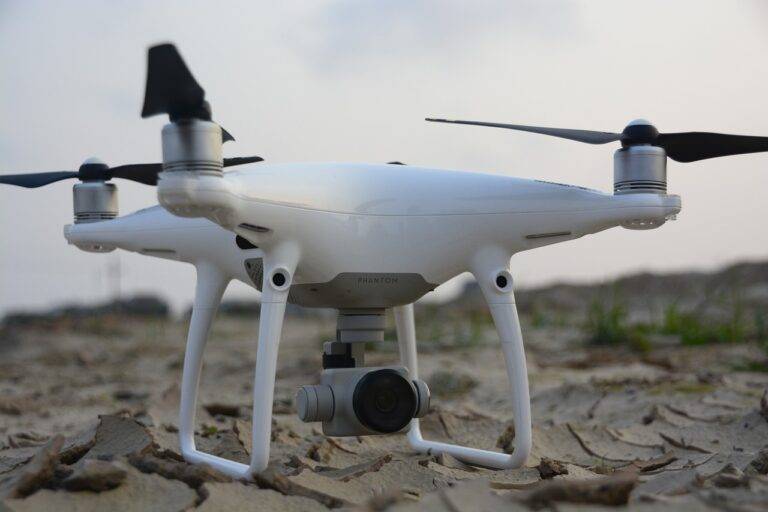The Legacy of the Maya: Exploring Ancient Ruins and Civilization in Central America
The Maya civilization flourished in Mesoamerica for over 2000 years, from around 2000 BC to 1697 AD. They were one of the most advanced pre-Columbian societies in the region, known for their complex mathematical and astronomical systems, sophisticated art, and impressive architecture. The Maya people were skilled farmers, cultivating crops such as maize, beans, and squash, and their intricate irrigation systems allowed them to support a large population.
The Maya society was organized into city-states ruled by kings and nobles. They developed a sophisticated writing system using hieroglyphics, which has been partially deciphered by archaeologists. Religion played a central role in Maya life, with rituals and ceremonies performed to honor their gods and ancestors. The Maya also had a keen interest in astronomy and developed a highly accurate calendar system.
Archaeological Discoveries in Central America
Archaeologists in Central America have unearthed a wealth of intriguing discoveries that shed light on the ancient civilizations that once thrived in the region. From the dense jungles of Guatemala to the coastal plains of Belize, these archaeological sites offer a glimpse into the daily lives, beliefs, and achievements of the people who inhabited these areas centuries ago. The meticulous excavation and analysis of artifacts, structures, and hieroglyphics have provided valuable insights into the rich cultural heritage of the Maya civilization.
The discovery of elaborate temples, residential complexes, and intricate ball courts has fascinated researchers, sparking a deeper understanding of the architectural and artistic prowess of the ancient Maya. These findings have also uncovered clues about the social structure, religious practices, and agricultural techniques of this advanced civilization. Through the ongoing exploration of archaeological sites in Central America, scholars continue to piece together the fascinating puzzle of the Maya civilization, revealing new facets of their history and civilization.
Significance of Maya Ruins
Maya ruins hold a profound significance in understanding the rich cultural heritage and advanced architectural achievements of the ancient Maya civilization. These ruins serve as tangible reminders of a sophisticated society that thrived in Mesoamerica for centuries, showcasing intricate carvings, complex city layouts, and innovative agricultural practices that continue to captivate archaeologists and historians.
Moreover, the importance of Maya ruins extends beyond their archaeological value, as they play a crucial role in preserving and promoting indigenous cultural identity. By preserving these ancient sites, the Maya people are able to maintain a strong connection to their heritage, traditions, and ancestral knowledge, fostering a sense of pride and continuity in their cultural practices. In this way, Maya ruins serve as powerful symbols of resilience, perseverance, and cultural legacy for present and future generations.





